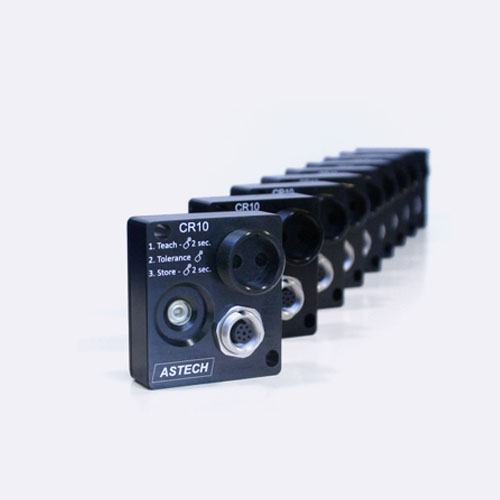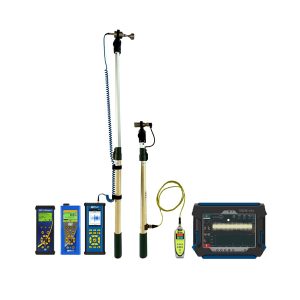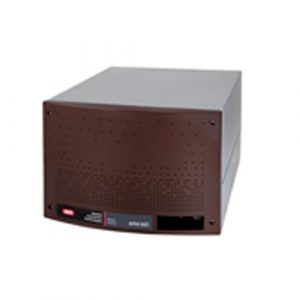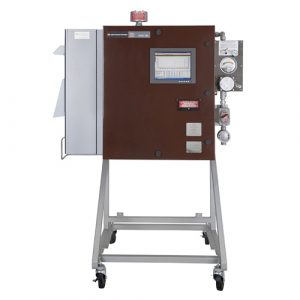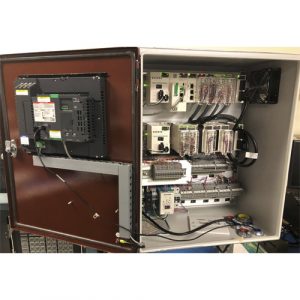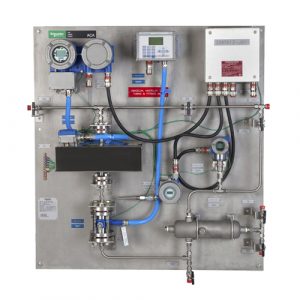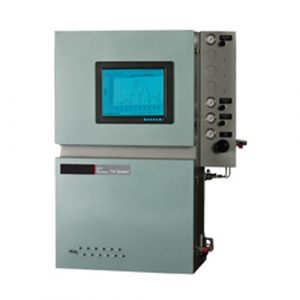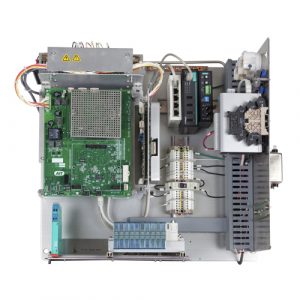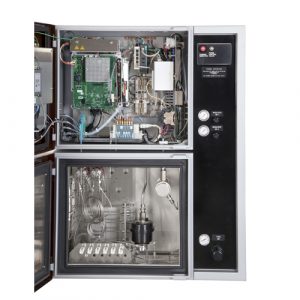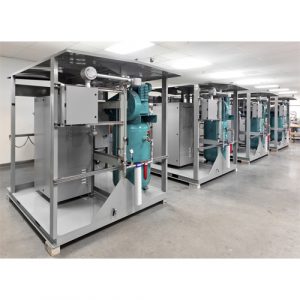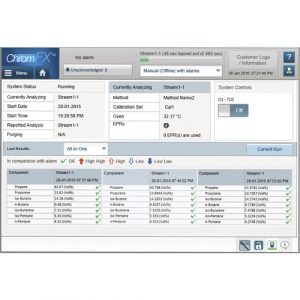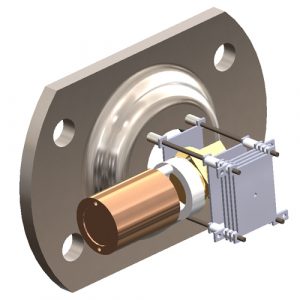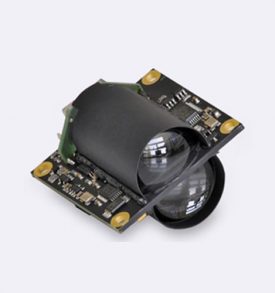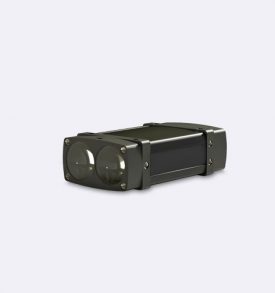Description
Despite the extremely compact construction of 41 mm x 46 mm x 22 mm, the sensor is equipped with a very generous range of functions. In addition to a single sensor button with a LED for indicating the operating conditions, the sensor has two control inputs, which can be used to trigger the measurement and to teach-in a color value. Color values can be stored with five different tolerance values. Furthermore, a teach-in is possible in the multiteach mode, in which the tolerance value is determined solely by the presentation of several color values.
Practically relevant in the industrial environment is the setting of a key lock and the optional setting of an output holding time of 50 ms at the output. Thus, very short color pulses, e.g. in the case of very fast objects can be extended for slow PLCs. The switching output itself (24 V / 200 mA) is short-circuit-proof. A special feature is the detection and display of an output short circuit. To be able to cope with the harsh industrial environment, the sensor electronics is housed in an anodized aluminum housing. This is waterproof so that the IP67 degree of protection can be achieved. Just like the existing CROMLAVIEW® color sensors, the CROMLAVIEW® CR10 also operates perceptively (according to the color perception of the human eye) and processes the color values in the L*a*b* color space. This makes it unique in the category of single-channel color sensors in its market environment.
The functional principle of the CROMLAVIEW® CR10 is based on the three range procedure. The measuring light is assessed with the tristimulus value functions and assigned to the three wave length ranges red, green and blue. Through the assessment with these tristimulus value functions the sensor is able to perceive colors similar to the human eye.
The sensor contains an own white light source clocked with a frequency of 2 kHz. Sampling takes place in both, the light and the dark phase. Additive ambient light cannot change the difference between the light and dark phase, so that the sensor is independent from ambient light.
Documentation
